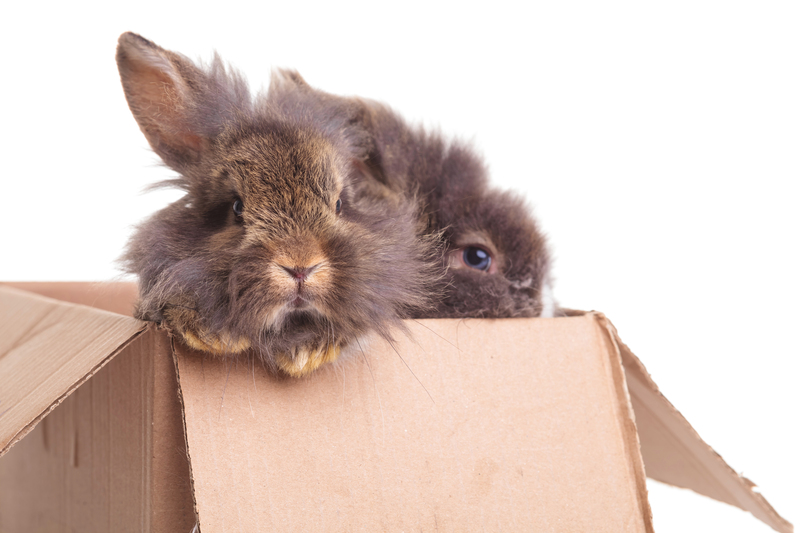Preparing Your Plants for Relocation
Posted on 29/03/2025
Moving to a new home or location can be both exciting and daunting. Amidst all the packing and organizing, one often forgets about another important aspect of relocation - their plants. For plant lovers, their green friends are not just decoration pieces, but also a source of happiness and relaxation. Therefore, it is crucial to prepare them for the move to ensure they thrive in their new environment. In this article, we will discuss some essential tips, pros, and cons of relocating plants and how to make the process smoother.
Why Relocate Plants?
Before we dive into the preparation tips, let's understand why you might need to relocate your plants in the first place. Several reasons may force you to move your plants, such as job transfer, moving to a bigger house, or simply wanting a change of scenery. Whatever the reason may be, it is essential to plan ahead and make sure your plants are ready for the move.

Tips for Preparing Your Plants for Relocation
1. Research Your New Location: The first step in preparing your plants for relocation is to research the climate and growing conditions of your new location. Some plants may not do well in extreme temperatures or require specific soil conditions to thrive.
2. Prune Your Plants: Before moving your plants, it is recommended to prune them lightly. This will help reduce their size and make them easier to transport.
3. Repot If Necessary: If your plant has outgrown its pot or is showing signs of root-bound (roots circling at the bottom), it may be time to repot it before the move. Use a pot that is slightly larger than the current one and fill it with fresh potting mix.
4. Water According to Plant Needs: Overwatering or underwatering can stress out your plant during relocation. It is crucial to water your plants according to their specific needs in the days leading up to the move.
5. Protect Your Plants: While transporting your plants, make sure to secure them from any damage. Wrap the pots with bubble wrap or newspaper and cover the foliage with a plastic bag.
6. Choose the Right Time of Day: It is best to move your plants in the early morning or late evening when it's cooler outside. This will prevent them from getting too hot or dry during transit.

The Pros and Cons of Relocating Plants
Pros:
- Bringing a piece of your previous home: Relocating your plants allows you to bring a piece of your old home to your new one.
- Cost-effective: Buying new plants for your new home can add up quickly. Relocating your existing plants can save you money.
- Emotional attachment: For many, their plants hold sentimental value and relocating them can bring comfort during a big move.
- Healthier plants: Sometimes, moving plants to a new environment can actually benefit them. A change in temperature and sunlight exposure can promote growth and bring out brighter foliage.
Cons:
- Stressful for plants: Moving can be stressful for plants, especially if they are not prepared properly.
- Risk of damage or loss: During transit, there is always a chance that your plants may face damage or even die, resulting in a loss of time and money.
- Adjustment period: Even after arriving at their new location, it may take some time for your plants to adjust to their new surroundings.
Takeaways:
- Research your new location and climate before relocating your plants.
- Prune and repot if necessary before moving.
- Water according to plant needs and protect them during transit.
- Choose the right time of day for relocation.
In conclusion, moving to a new location may seem overwhelming, but with the right preparation, your plants can easily adapt to their new home. Research, prune, water, and protect your plants to ensure a smooth and successful move. Remember that there may be some cons to relocating your plants, but the pros of bringing your green friends along outweigh them. With proper care and attention, your plants will continue to thrive in their new environment and bring joy to your new home.

















